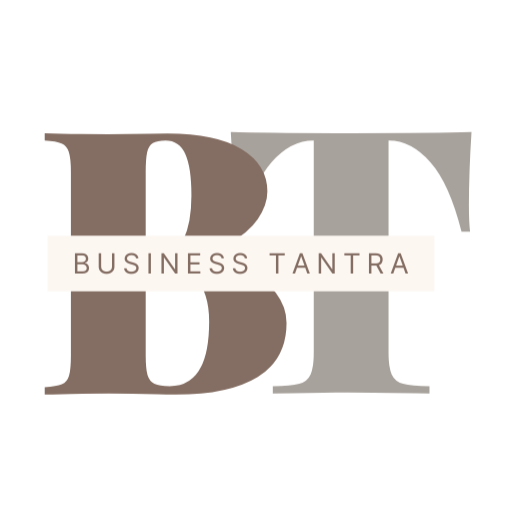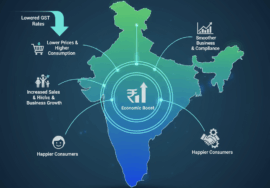Banks Hike Mclr: Here’s How Your Emis Will Be Impacted
[ad_1]
Government-owned SBI which is also one of the largest lenders in the country, hiked its MCLR by 10 basis points for the first time in three years since 2019, while lenders like Bank of Baroda, Axis Bank, and Kotak Bank made 5 basis points hike in the benchmark lending rates.
This could mean that the soft lending rates regime that borrowers have rejoiced since 2019 is about to end and many other banks are set to follow suit.
“This is just a precursor to a rising lending rate scenario,” ICICI Securities Research Analysts Kunal Shah, Renish Bhuva, and Chintan Shah said.
Introduced as an alternative to the base rate system, the Marginal Cost Of Funds Based Lending Rate (MCLR) was launched as a benchmark that is set by banks to not lend below this rate. MCLR is different for various tenors ranging from overnight to three years.
SBI revises its MCLR ranging from 6.75-7.40% with effect from April 15, while Axis Bank’s MCLR which ranges from 7.20-7.55% is effective from April 18. Kotak Bank’s MCLR varies from 6.65-7.90% and has come into effect from April 16, and Bank of Baroda offers 6.50-7.35% MCLR from April 12.
According to the research analysts at ICICI Securities the pace of transmission of the MCLR rate hike will be more effective as the proportion of the banking sector’s floating rate loans linked to the external benchmarks (EBR) rises further.
As per ICICI Securities, as of February 2022, lending rates (outstanding loans) were the lowest for the housing loan segment at 7.5%, reflecting the competitive pressure and faster repricing (through balance transfers). Personal loans, i.e., loans other than housing, vehicle and educational loans are mostly unsecured, hence rates were upwards of 10% pricing in higher credit risk and spread. With respect to fresh loans, over the past few quarters, the large industry segment is commanding the lowest lending rates (<7%), followed by infrastructure (~7%) and housing loans (7.2%).
“Spreads charged by domestic banks over the policy repo rate moderated during H2FY22 for EBR-linked loans. In Feb’22, spreads over repo were the lowest for personal and housing loans in case of PSU banks and for housing and MSME loans for private banks,” the trio said.
They further explained that the reduction in lending rates was witnessed across most sectors in FY22, adding to the softening recorded in FY21. The decline was the sharpest for agricultural loans, infrastructure, large industry, and personal loans in the case of fresh INR loans and for infrastructure, personal loans, vehicles, and MSMEs, in the case of outstanding INR loans.
These analysts mentioned that the transmission has been smooth at the short end of the maturity spectrum of interest rates, while the pass-through to bank lending and deposit rates had till recently been relatively sluggish.
About 50% of the pass-through from a change in the repo rate to deposit rate occurred in 12 months and a longer 17 months for transmission to lending rates, the analysts added.
Further, they said that “if the response of banks’ cost of funds to policy rate variations was lagged and incomplete, there was a wedge in the pricing of bank credit resulting in delayed transmission.”
Going forward, ICICI Securities analysts said, “We believe, with increase in benchmark rates (repo) over FY23, the pace of transmission will be more effective as the proportion of the banking sector’s floating rate loans linked to the external benchmarks (EBR) rises further from 39.2% / 28.6% / 9.3% in Dec’21 / Mar’21 / Mar’20. The proportion of loans linked to MCLR is down to 53% as of Dec’21 from 77.7% in FY20, and a mere 5% of floating-rate loans are linked to the base rate.”
As per the analysts, amongst product segments, 46% / 69% / 20.4% of retail / MSME / large industries credit, respectively, is linked to EBR and will reprice as and when the repo rate is tweaked. For large industries, vehicles, and personal/contingency/gold loans, 71% / 60% / 61% are still linked to MCLR and these segments would see benefits with the recent announcement of banks revising MCLR.
Furthermore, the analysts said that the transmission through repo rate hike will be relatively more favorable for private banks vis-à-vis PSU banks as a proportion of EBR-linked loans for the former has risen to as high as 57% as of Dec’21 (from 43% / 17.5% in Mar’21 / Mar’20) while that for PSU banks it was at 28% in Dec’21 (vs 20.3% / 4.8% in Mar’21 / Mar’20).
More than 60% of PSU banks’ floating-rate loans are still linked to MCLR, the analysts pointed out.
[ad_2]
Source link










